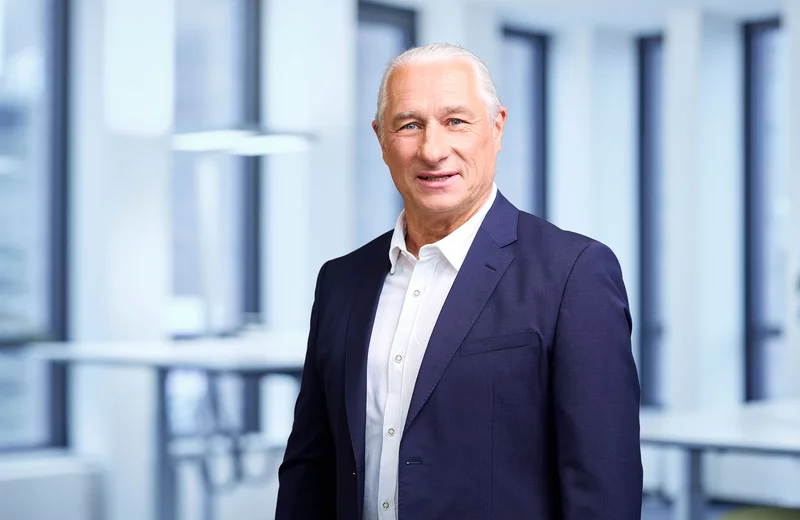Biogas is produced during the natural decomposition of organic material in the absence of air. It consists largely of methane and carbon dioxide and is referred to as raw biogas without purification. According to the Energy Industry Act (EnWG), landfill gas, sewage gas and mine gas are defined as biogas in addition to gas from biomass. Hydrogen and synthetic methane, which are mainly produced using renewable energy sources by means of electrolysis, also fall under this definition according to the EnWG.
How is biogas produced?
The majority of biogas is produced by using various substrates in the biogas plant's fermenter. Short-term renewable raw materials such as maize or grass silage bind the same amount of CO₂ from the atmosphere during the growth phase as is released during combustion. Fossil fuels, on the other hand, release CO₂ during combustion today that was bound millions of years ago. In relation to the present, this CO₂ is also released into the atmosphere. Unlike fossil fuels, the CO₂ balance of biogas is therefore neutral in terms of combustion.
How is biogas turned into biomethane?
The raw biogas produced in the fermenter of the biogas plant is fed into an upgrading plant. The gas upgrading process increases the methane content in the raw biogas by removing carbon dioxide, sulphur and other impurities so that the required gas quality standards in accordance with DVGW G 260 are met. After this process step, the raw biogas is referred to as biomethane. The biomass fermented in the fermentation process can be used directly as fertiliser and reduce the use of synthetic fertilisers.
How does biomethane end up in the Thyssengas network?
To do this, Thyssengas takes the biomethane downstream of the biogas upgrading plant and feeds it into the biogas injection plant. We compress the biomethane to the locally required grid pressure and feed it into the gas grid. The biomethane fed in in this way can be virtually withdrawn at any feed-in point. This enables biomethane producers to market their product nationwide and biomethane customers to use it economically and efficiently. We also utilise biomethane within our own pipeline network as a propellant for compressor systems.
Biomethane with PtG and clustering
German Technical and Scientific Association for Gas and Water
Extended potential study on the sustainable feed-in of biomethane, taking into account power-to-gas and clustering of biogas plants
Source: https://www.dvgw.de/themen/forschung-und-innovation/forschungsprojekte/dvgw-forschungsbericht-g-201622-ee-methanisierung
Collection pipeline in the Trier region
Stadtwerke Trier Versorgungs-GmbH, biogas partner Bitburg
Central biogas upgrading plant in the Trier region with a 45-kilometre-long raw biogas network
Source: https://www.swt.de/p/Bio_Erdgas_aus_der_Region-15-7666.html
Business model micro biogas upgrading plants
Agency for Renewable Resources e.V.
Joint project: Efficient micro biogas upgrading plants; economic analysis, business models and barriers, potential assessment and economic evaluation, gas network analysis
Source: https://news.fnr.de/fnr-pressemitteilung/geschaeftsmodell-mikro-biogasaufbereitungsanlagen-emikrobgaa
Sector coupling for wastewater treatment plants
Technical University of Kaiserslautern-Landau: Institute of Water Infrastructure Resources, Department of Resource Efficient Wastewater Treatment
The Possible Roles of Wastewater Treatment Plants in Sector Coupling
Quelle: https://www.mdpi.com/1996-1073/13/8/2088
Biogenic CO₂: The role of the biomethane industry in satisfying a growing demand
Quelle: bip-europe.eu/task-force-4/
Insights into the current costs of biomethane production from real industry data | Full study
Quelle: bip-europe.eu/task-force-4/




